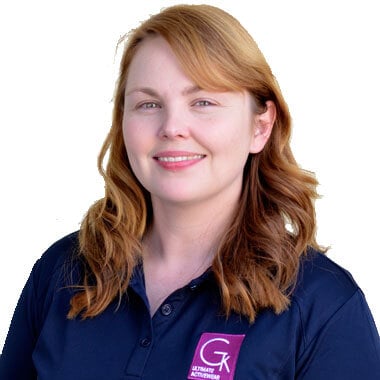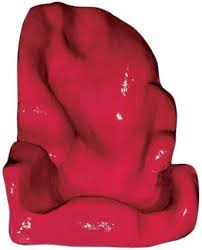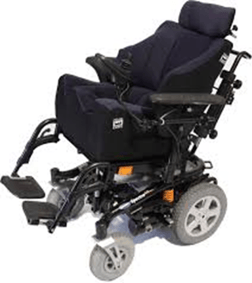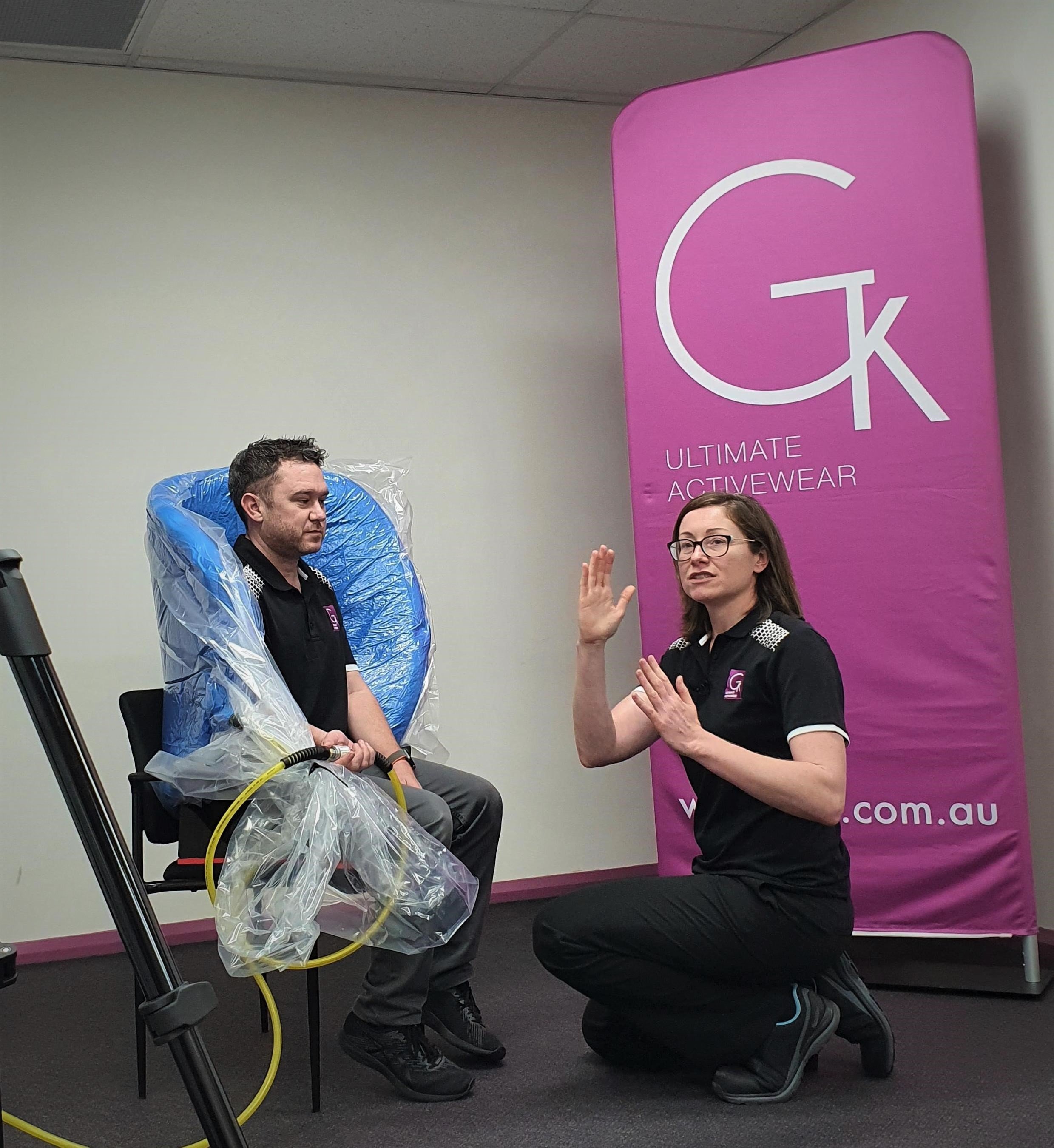
Over the past decade, there has been a proliferation of well-designed modular seating systems that have enabled clinicians to meet complex seating needs without having to utilise custom moulded seating. Despite modular seating being able to meet the needs of a wide range of clients, there is still a need for the use of custom moulded seating. Recently, our own Kate Pain (Occupational Therapist) presented a webinar on when to consider custom moulded seating.
Before we delve in any further, it’s important to define what we mean when we say modular seating and what custom moulded seating.
Modular seating systems
A modular seating system are seating systems like Spex and Dreamline, where you can choose from a wide range of seating supports to create a seating system for a client.


There are many reasons to choose a modular seating system. They are easy to adjust for seasonal change to accommodate the user wearing thicker jackets in winter and light layers in summer. It is also easy to accommodate weight and postural changes, and incorporate growth for paediatric users. It is straightforward and cost effective to swap out components as needed, like changing the shape and size of lateral supports. The complexity of the seating system can be graded to match a user’s changing condition over time, such as starting with a simple flat backrest shape and introducing contours and additional supports as needed.
Modular seating systems offer plenty of options to create a seating system that can either accommodate or provide correction. Cushions can have lateral and medial thigh supports and anti-thrust ischial shelves added, and can accommodate limitations in the user's range of motion. Backrests can be shaped to build in contour to suit an individual, support rotations and accommodate asymmetries. Headrests, lateral trunk supports, medial thigh supports and other supports are available in a variety of shapes and sizes to suit a wide range of needs.
Custom Moulded Seating Systems
What do we think of when we think of custom moulded seating? Usually we think of systems like the ones below, where a mould is taken of an individual and then seating is custom fabricated based off that mould.


There are commonly cited concerns that clinicians discuss when considering custom moulded seating. These include:
- The system could be heavy and bulky. This is often because it is difficult to achieve integrity and strength of the system’s lateral supports while still making it streamlined. Depending on the weight of the user and the weight of the seating system, you may also approach the maximum weight limit of wheelchair.
- Custom moulded seating may be expensive in comparison to a modular system.
- Depending on the shape of the mould, custom moulded seating can affect function (in particular functional reach).
- Some methods of custom moulded seating can be messy during the moulding process.
- It is more complicated to make alterations to custom moulded seating in comparison to modular seating.
- You only get one shot at the system. The mould is a snapshot of a moment of time of that person. If there is any delay in delivery a person’s function can change between the moment of capture and the moment of fitting resulting in the seating system no longer meeting the person's goals.
Understandably there can a lot of apprehension around the use of custom moulded seating. But custom moulded seating still has an important role to play in complex seating prescription. There are occasions where the support that a modular system can offer is simply not enough.
You may be working with a person with significant postural asymmetries who is experiencing pressure concerns due to some small focal areas of pressure in a modular system due to the particular shape of that person’s body (for example they may have protruding ribs). On occasion even the best pressure relieving upgrades to the materials of modular systems will not resolve these issues. In these situations, custom moulded seating can provide a larger custom contoured support surface to provide adequate pressure distribution.
Those potential downsides to custom moulded seating discussed above may also not be applicable to newer custom moulded seating systems. At GTK, we use the Ride Designs custom seating system which is based on orthotic principles. Like a well-designed and fitted orthotic, the custom seating from Ride Designs provides intimate contouring to match a person’s shape and ‘fit like a glove’. The Ride Designs custom seating backrests use specially designed hardware which allows for precise positioning without the need for extra bulk in the seating itself, resulting in a streamlined seating system that isn’t significantly heavier than a modular seating system.

The Ride Designs mounting hardware also enables us to precisely adjust the position of the backrest, by allowing us to rotate, adjust the height and angle, and adjust the anterior and posterior adjustment of the backrest through the hardware itself. Limited modifications to the seating itself, such as a relief to a particular bony prominence, are also possible. However no custom seating system can be modified to the extent that modular seating systems can be.
For many of our clients, modular seating systems offer the most appropriate and cost effective seating solution. However it is important to recognise that there are still situations where custom moulded seating will be the better option for an individual to ensure that their pressure, comfort, postural and functional needs are met.
Choosing between modular and custom moulded seating can be a complex decision, but the consultants at GTK are here to help make it easier. Don’t be afraid to try different things with your clients, as usually you won’t know what will work until you try it. At GTK we can trial both modular and custom moulded systems to help in the assessment and decision making process, and we’re always available to help answer any questions.



